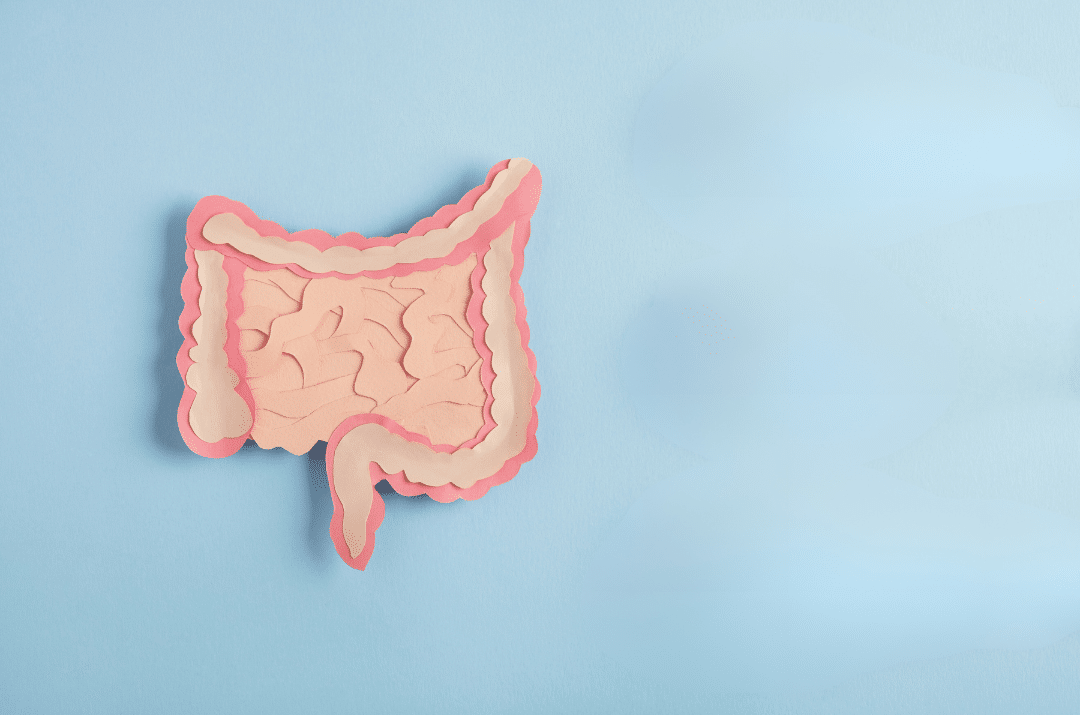If you’re used to eating a certain way, it can be hard to make healthy changes to help manage your Parkinson’s symptoms.
But even small changes added up over time can make a big difference in how you feel. We talked with John Duda, MD, to get his tips for getting more of the right foods.
1. Make room for the good stuff. Avoid processed foods.
Having a hard time pronouncing the long list of ingredients in your food? Processed foods contain chemical preservatives and other ingredients to extend their shelf life and make them more appealing to consumers. Unfortunately, this increases the amount of salt, sugar, and bad fats in your diet, as well as taking away many of the great phytonutrients found in whole plant foods. “Try to eliminate processed foods,” says Dr. Duda. “This helps to get rid of empty calories that are a problem.”
When you’re at the grocery store, look at the nutrition label to see how much salt, sugar, and fat are in the product before adding it to your basket. In general, you want to be spending more time in the produce and frozen foods section than the middle aisles of the supermarket with all the processed food.
2. Get the biggest bang for your buck.
Loading up on any and all fruits and vegetables is essential for a healthy diet. For people with PD, certain plant-based foods can give you a lot of bang for your buck – especially if you’re dealing with digestive issues like constipation. “Flax seed is a great choice to add to a diet that helps with constipation,” explains Dr. Duda. “Beans and leafy greens are also foods that people don’t get enough of that are filled with nutrients and support a healthy digestive system.”
3. Add some spice.
“Spices are real powerhouses of antioxidants and anti-inflammatories,” says Dr. Duda. “Experiment with pretty much any spices you like – almost all have high levels of phytonutrients.” Some spices, like turmeric, may be particularly beneficial for the brain. But incorporating any spices into your cooking is probably good for you. Dried and frozen spices are often just as good as fresh. And be sure to search online for tips on preparation. Some spices, like onions, shallots and garlic, should be cut and set aside for a few minutes to allow healthy compounds to form.
4. Don’t forget – you are what you drink, too.
Just like any other food you eat, beverages can support a healthy diet – or the opposite. Some beverages, like soda, are filled with sugar and empty calories. Even people who shun unhealthy beverages and instead opt for water can make their beverage choice healthier. “People need to drink more water, but tea is an even better choice because it has antioxidants and anti-inflammatory compounds,” say Dr. Duda. “Most teas you don’t need to boil, you can just drop a tea bag and set aside for an a few hours or overnight to steep. And you can have whatever kind you like – red, green, black, white, mint or all kinds of herbal teas. They all contain healthy nutrients.”
5. Try new things.
Curious about going meatless? Try it for a day, or dedicate a day a week to being meat-free. (Meatless Monday!) Or take your favorite recipe and try some new spices to add nutrients and flavor. Ethnic foods are often plant-based, so grab a friend and try a new cuisine. Enjoy experimenting with food and you might be surprised that healthy can be delicious!
John Duda, MD, is the director of the Parkinson’s Disease Research, Education and Clinical Center (PADRECC) of the Philadelphia VA Medical Center and associate professor of neurology at the Perelman School of Medicine at the University of Pennsylvania.



